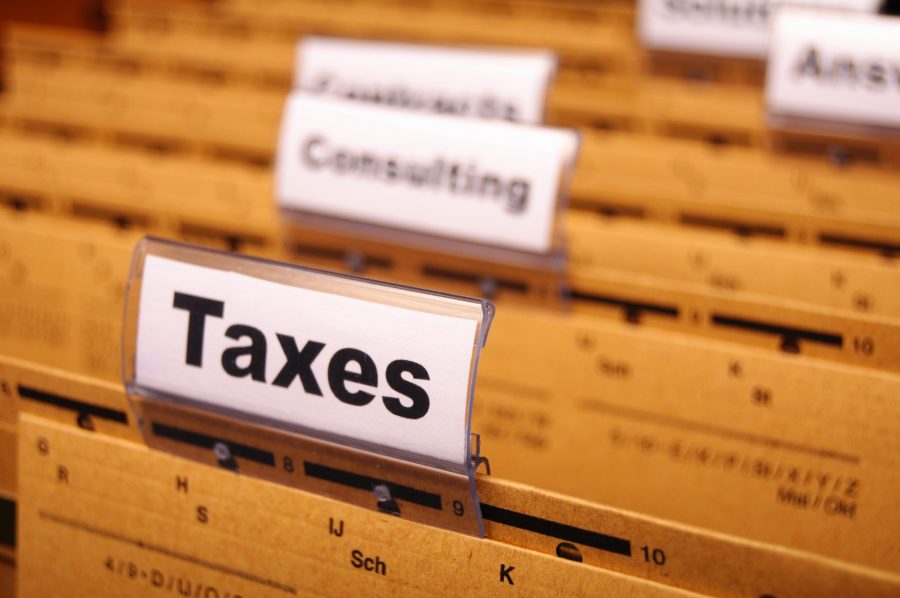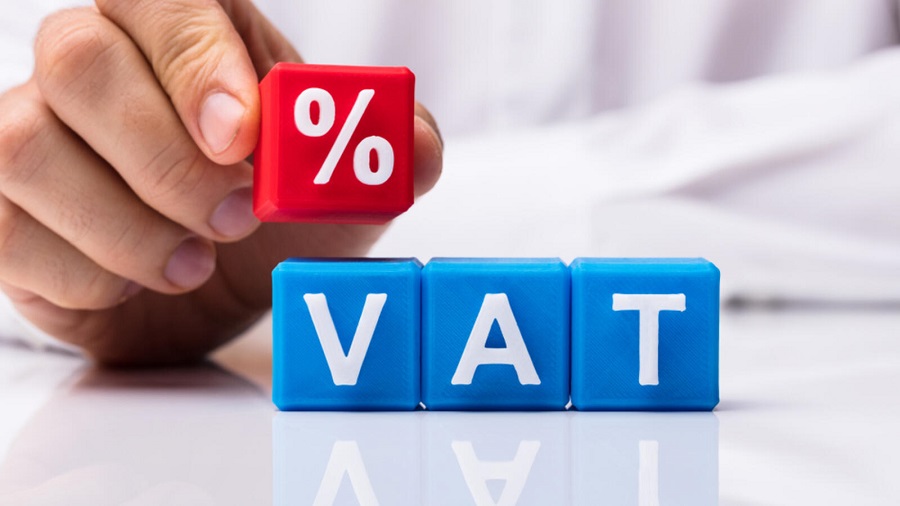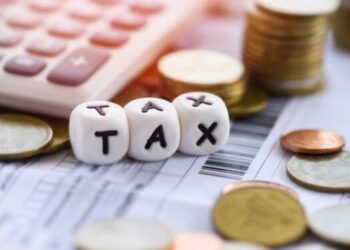Capital Allowance is a claim against Assessable Profits by companies when computing their tax liabilities. It is only calculated when a company is computing its tax liabilities. Usually, when companies prepare income statement they always charge depreciation as an expense before arriving at their profit before tax. However, there are different methods of calculating depreciation which can affect how a company’s profit is arrived at which makes equitable calculation of taxation impossible. As such, when computing income tax you must add back depreciation (previously deducted) to the profit before tax before now applying capital allowances.
Types of Capital Allowances;
There are four types of capital allowances
- Initial Allowance (Charged once in the life of an asset)
- Annual Allowance (Charged Annually over the life of an asset after Initial Allowance has been deducted)
- Balancing Adjustment (This arises after when a QCE has been disposed off)
- Investment Allowance (This is granted once in a life of a QCE and is used to encourage investment in certain sectors of the economy).
Taxable Profit 2,640,000
Tax Payable 30% 792,000
Conditions for Claiming Capital Allowances
Here are the conditions that must be met before claiming capital allowances;
- The Tax Payer making the claim must own the qualifying capital expenditure. Meaning, the company must own the asset upon which the claim is being made
- The Qualifying Capital Expenditure (QCE) must be used for the purpose of a trade or business. For example, a generator in the home of an MD of a company cannot qualify as capital expenditure. The QCE must also be in use at the end of the period for which the tax is being computed.
- If the Qualifying Capital Expenditure is more than N500,000, then an acceptance certificate must be obtained from the Inspectorate Division of the Federal Ministry of Industry.

























undastndn……………………………… I love dis.
Thank you
Should it not be 2/3 of the Assessable Profit not capital allowances?
This should Be a restriction on the assessable profits. Well done anyways.
Is capital allowance granted only to petroleum operations
Are companies taxable under PPTA better of in terms of capital allowance than those under CITA?
But 5,360,000 is not 2/3rd of N12m?
WHAT IF THE ASSETS WAS ACQUIRED 6 MONTHS BEFORE THE ACCOUNTING YEAR END, COULD THE CA BE PRORATED?
the link to the rates for capital allowances gives an error 404 page not found
Thank you, Ugo. What if the capital allowance is not up to the assessable profit of N8m? Should the same restriction apply?
capital allowance rate is not seen
Please, I want to learn more how can you tutor me please?